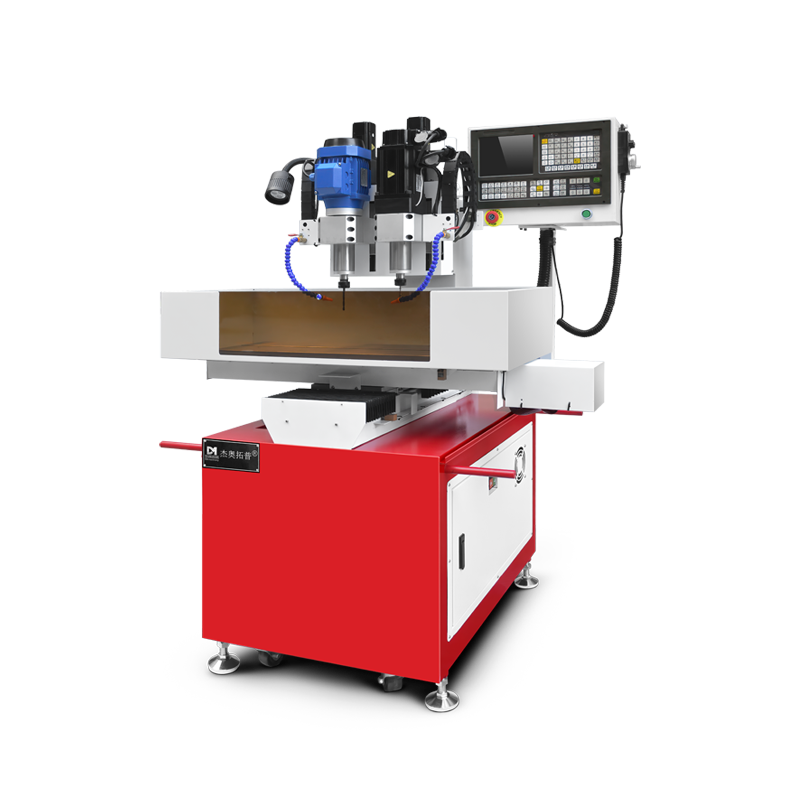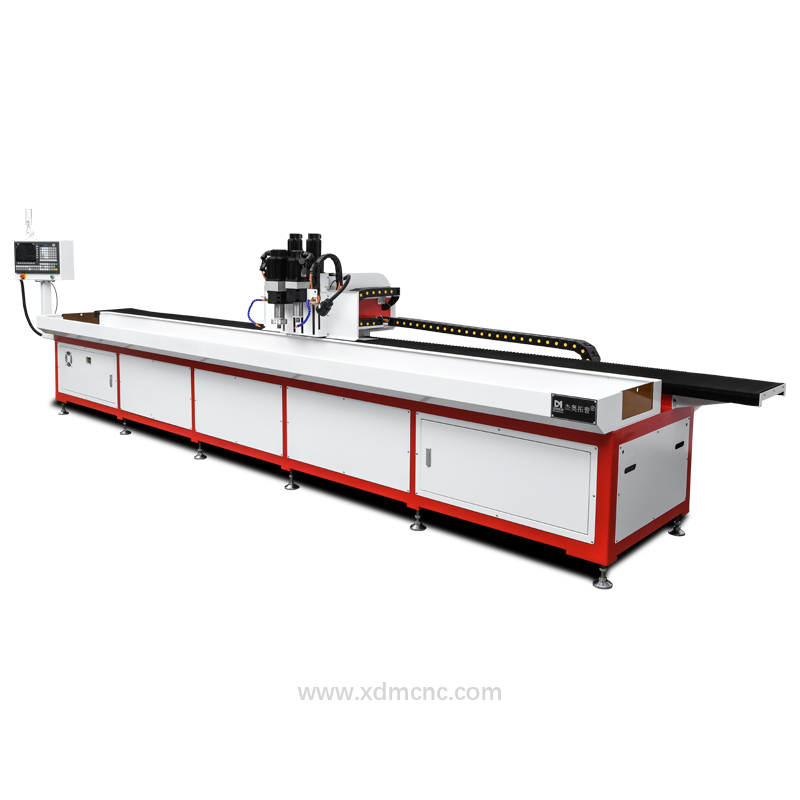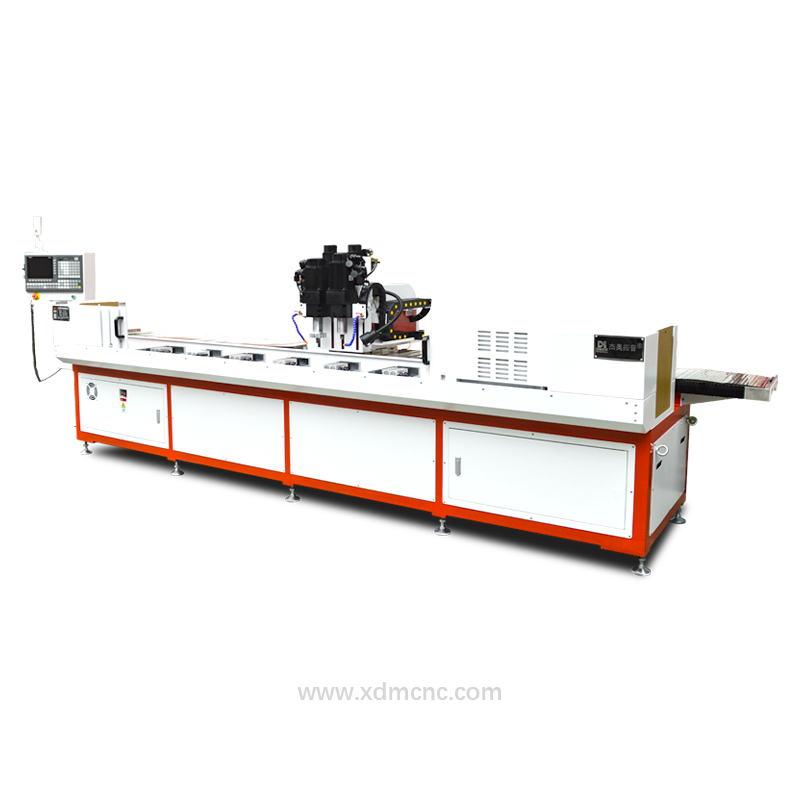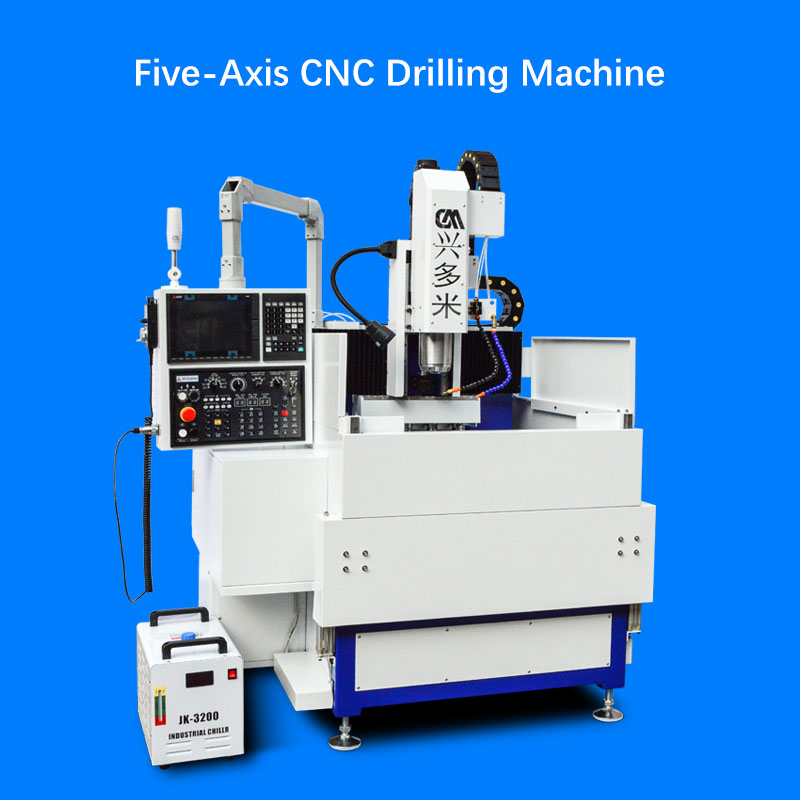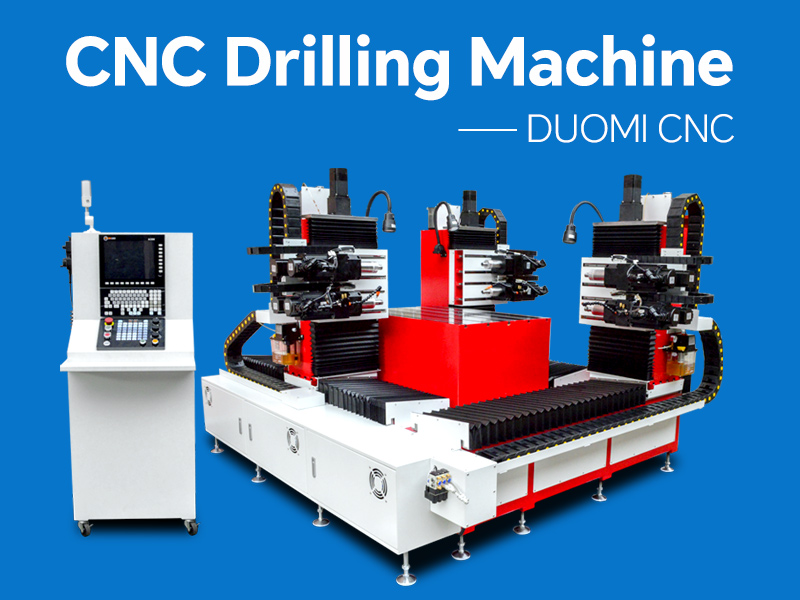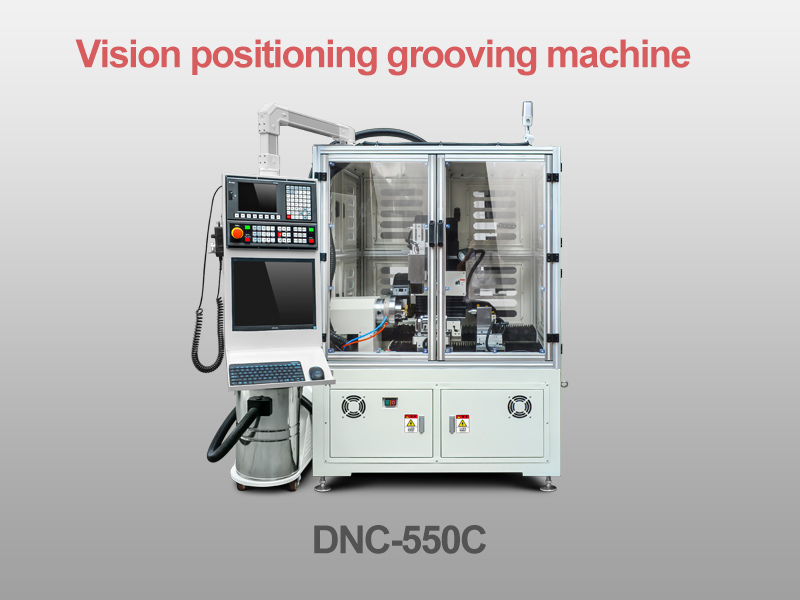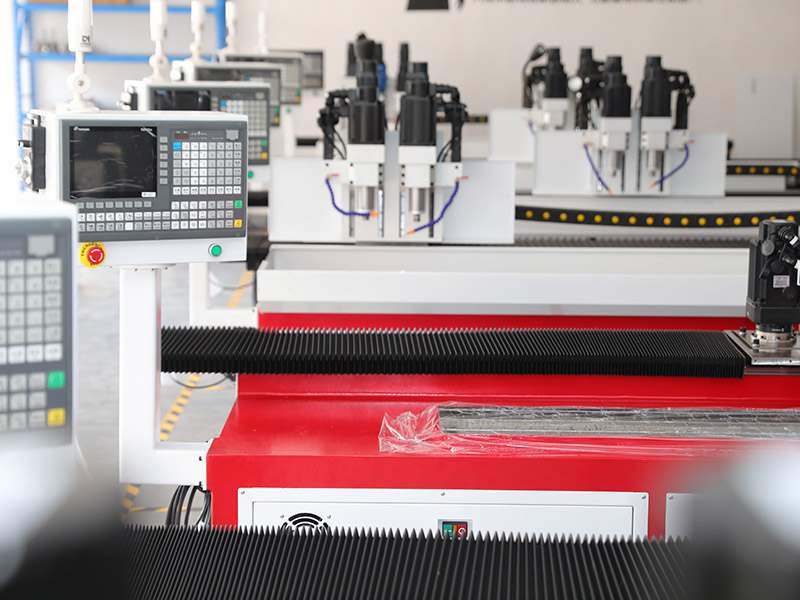Introduction
Flow drilling, also known as thermal drilling or friction drilling, is an advanced metalworking technique that enables the formation of strong, extruded bushings in thin-walled materials. Unlike conventional drilling, which removes material, flow drilling uses frictional heat to plastically deform the material, creating a robust and extended hole that can be tapped for threading or reinforced for additional structural integrity. This method is widely used in industries such as automotive, aerospace, and construction due to its ability to produce high-strength connections without requiring additional fasteners.
The Science Behind Flow Drilling
Flow drilling is based on the principle of thermomechanical deformation. A specialized conical tungsten carbide tool rotates at high speeds (usually between 2,000 and 5,000 RPM) while exerting significant axial pressure on the workpiece. The frictional heat generated softens the material, allowing the tool to penetrate and form an extruded sleeve. The process occurs in several stages:
Friction Heating: The tool makes contact with the material surface, generating localized heat through friction.
Plastic Deformation: The softened material is displaced, forming an extruded cylindrical sleeve.
Hole Formation: The tool continues to penetrate, elongating the material and ensuring a consistent bore.
Surface Finishing: The tool withdraws, leaving a smooth, burr-free hole with a work-hardened surface.
Advantages of Flow Drilling
Flow drilling offers several advantages over traditional drilling and fastening techniques, making it a preferred choice in precision manufacturing.
Enhanced Strength: The extruded sleeve increases the surface area for threading, improving load-bearing capacity and thread engagement.
No Material Waste: Unlike conventional drilling, which removes material, flow drilling redistributes it, minimizing waste and maximizing material utilization.
Improved Structural Integrity: The process work-hardens the hole’s inner surface, enhancing durability and resistance to mechanical stress.
Elimination of Additional Fasteners: In many applications, flow-drilled holes eliminate the need for rivets or inserts, reducing assembly complexity and cost.
Versatility: The technique is applicable to a wide range of materials, including steel, stainless steel, aluminum, brass, and copper.
Applications of Flow Drilling
Due to its efficiency and structural benefits, flow drilling is widely employed in various industries:
Automotive Industry: Used for creating strong threaded connections in chassis components, engine mounts, and suspension systems.
Aerospace Sector: Ensures high-strength attachments in lightweight aluminum structures, optimizing weight-to-strength ratios.
Construction and Infrastructure: Facilitates robust metal framework connections in buildings, bridges, and rail systems.
Furniture Manufacturing: Provides durable joints in metal frames, improving longevity and aesthetics.
Renewable Energy: Applied in wind turbine structures and solar panel frames for enhanced mechanical reliability.
Challenges and Considerations
While flow drilling offers numerous benefits, certain challenges must be considered:
Tool Wear: The high rotational speed and pressure can lead to gradual wear of the tungsten carbide tool, necessitating periodic replacement.
Material Compatibility: Some brittle materials may not be suitable for flow drilling due to their tendency to crack under thermal stress.
Initial Setup Cost: Specialized tooling and equipment may require a higher initial investment compared to conventional drilling methods.
Conclusion
Flow drilling is a transformative technology in metal fabrication, offering enhanced strength, reduced material waste, and improved structural integrity. Its widespread adoption in industries ranging from automotive to aerospace underscores its value in modern manufacturing. As technology advances, innovations in tool design and process optimization will continue to expand the possibilities of flow drilling, making it an indispensable technique for high-precision engineering applications.




